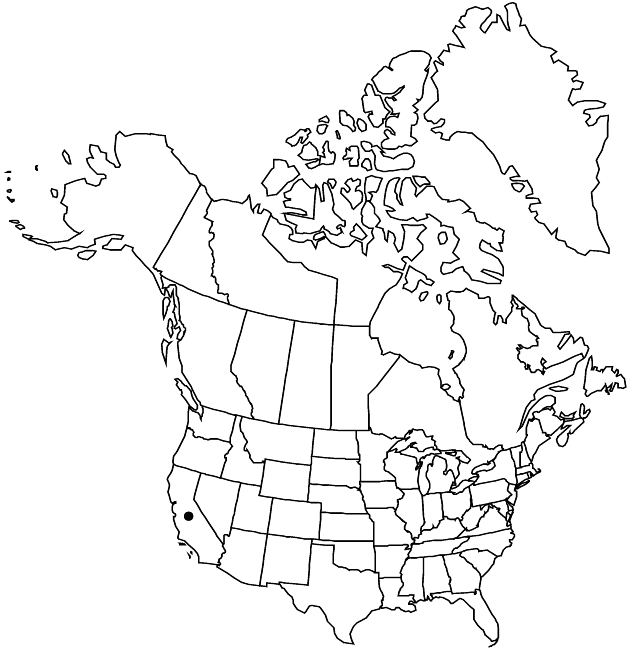Difference between revisions of "Erigeron serpentinus"
Phytologia 72: 203. 1992.
FNA>Volume Importer |
imported>Volume Importer |
||
| Line 8: | Line 8: | ||
}} | }} | ||
|common_names=Serpentine fleabane | |common_names=Serpentine fleabane | ||
| + | |special_status={{Treatment/ID/Special_status | ||
| + | |code=E | ||
| + | |label=Endemic | ||
| + | }}{{Treatment/ID/Special_status | ||
| + | |code=C | ||
| + | |label=Conservation concern | ||
| + | }} | ||
|basionyms= | |basionyms= | ||
|synonyms= | |synonyms= | ||
| Line 46: | Line 53: | ||
|publication title=Phytologia | |publication title=Phytologia | ||
|publication year=1992 | |publication year=1992 | ||
| − | |special status= | + | |special status=Endemic;Conservation concern |
| − | |source xml=https:// | + | |source xml=https://bibilujan@bitbucket.org/aafc-mbb/fna-data-curation.git/src/bb6b7e3a7de7d3b7888a1ad48c7fd8f5c722d8d6/coarse_grained_fna_xml/V19-20-21/V20_688.xml |
|tribe=Asteraceae tribe Astereae | |tribe=Asteraceae tribe Astereae | ||
|genus=Erigeron | |genus=Erigeron | ||
Revision as of 21:50, 27 May 2020
Perennials, 40–50 cm; taprooted, caudices simple. Stems erect (arising from crowns, without axillary leaf tufts), glabrous or glabrate, eglandular. Leaves mostly cauline; blades linear, 20–40 × 0.6–0.8 mm (mid and distal longer than internodes), barely reduced distally, margins entire, ascending-ciliate (cilia thin-based), faces glabrous, eglandular. Heads 1 or 2–4 in loosely corymbiform arrays. Involucres 4.5–5 × 9–12 mm. Phyllaries in 3–5 series (inner: margins narrowly scarious), glabrate (barely perceptible), densely and minutely glandular. Ray florets 9–13; corollas white, drying blue, 7–8 mm, laminae weakly coiling. Disc corollas 3.2–4 mm (throats slightly indurate, not inflated). Cypselae (mature size not observed), 2-nerved, faces sparsely strigose; pappi: outer of setae, inner of 26–32 bristles.
Phenology: Flowering May–Aug.
Habitat: Shrubby vegetation over serpentine
Elevation: 400–600 m
Discussion
Of conservation concern.
Selected References
None.
